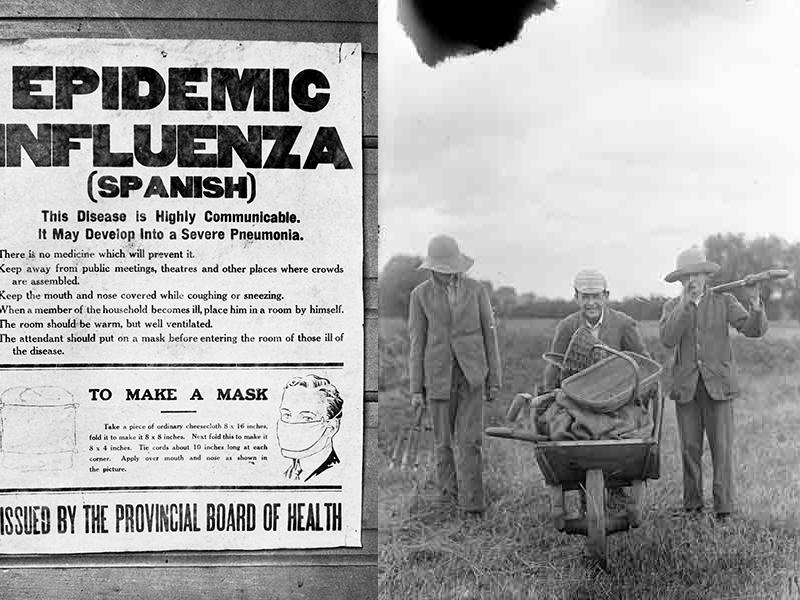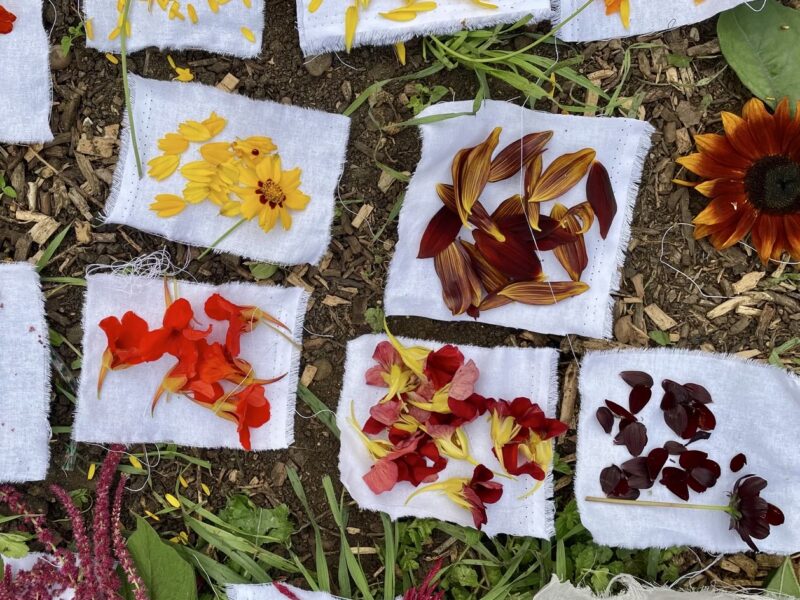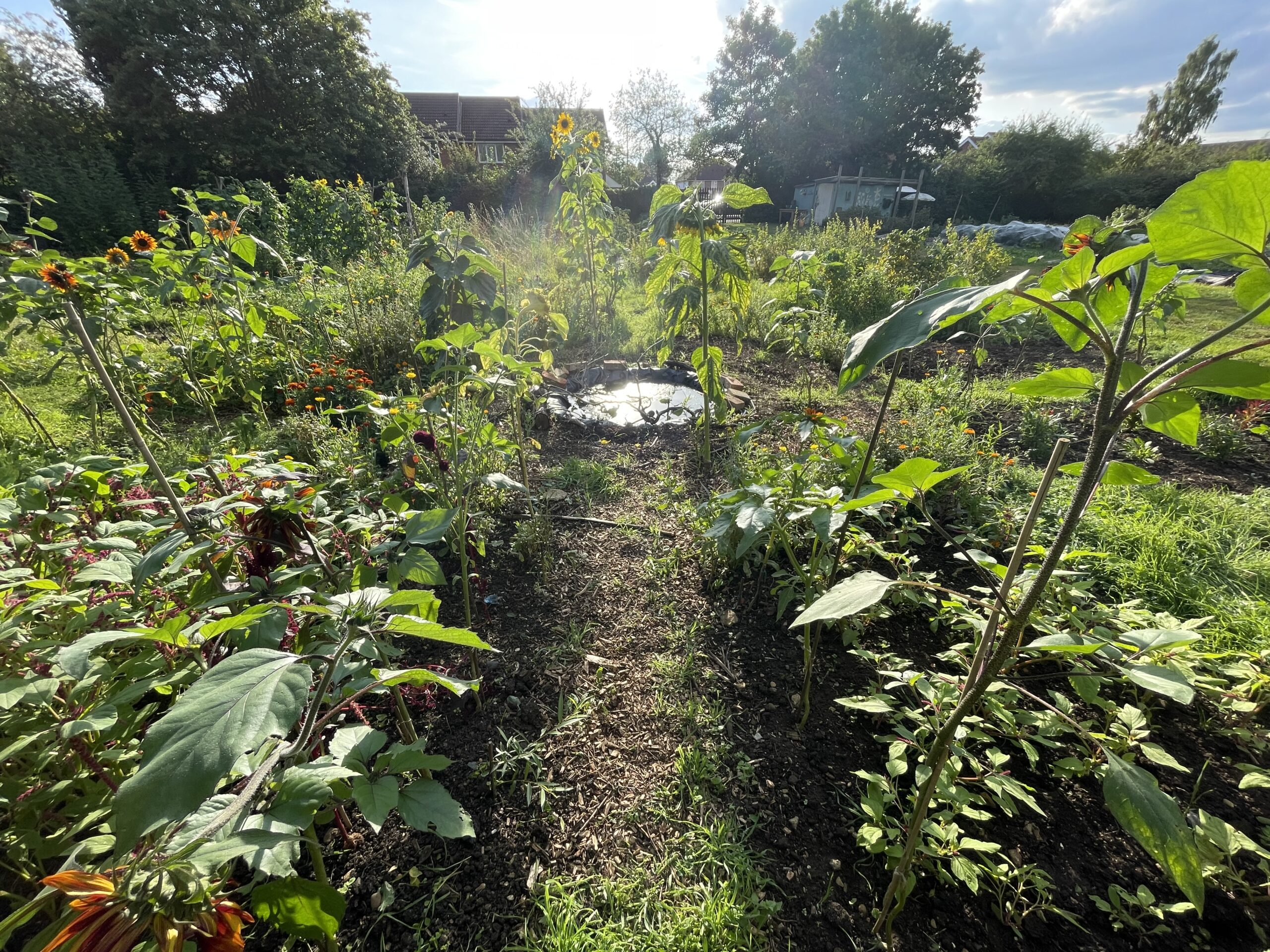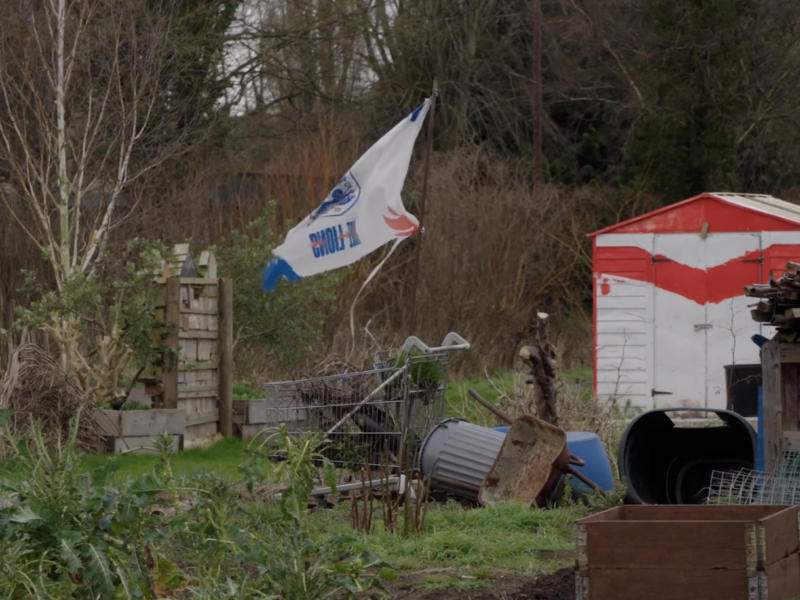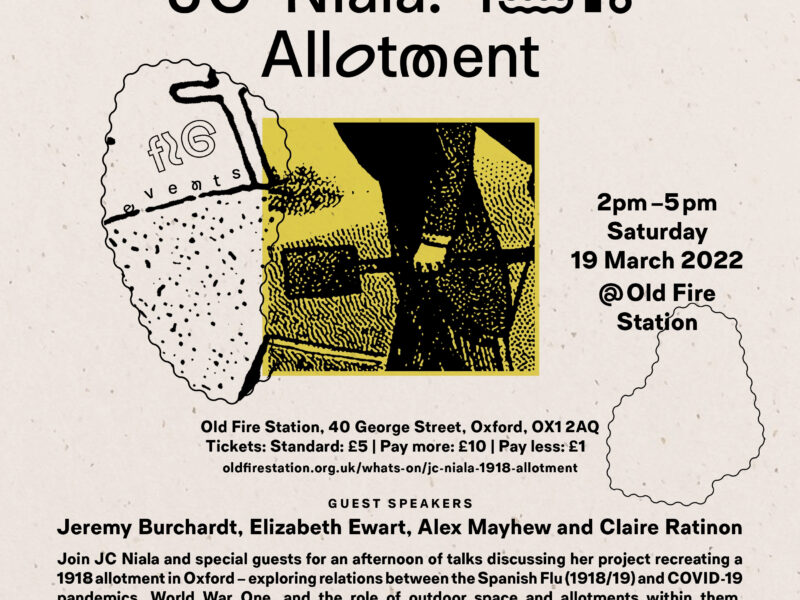Journal — March 2022
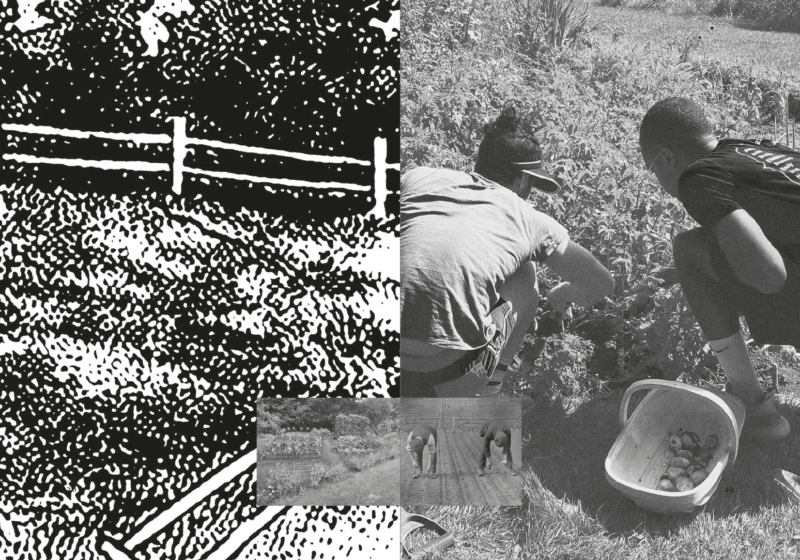
I am grateful to all the people who have been writing to me after reading this online journal to share their allotment stories. Many of the emails I receive share wonderful memories. There is also a thread of sadder emails and that is from people who have lost access to their allotments. They have been evicted because the land is going to be used for urban development. The fact is that growing on an allotment site is at once vital and vulnerable. Because allotment sites are both teeming with life and are part of the vernacular English landscape it is hard to imagine them not being there. However, urban land is only getting more valuable, and this means that having a place to grow in a city does not always match up to the ‘highest and best use’ of the land as it gets described in real estate.
Looking back over centuries, allotment use has fluctuated. They got etched into the public imagination with the Dig for Victory campaign of WW2. (Less well-known and referenced is the Dig for DoRA or Defence of the Realm Act of WW1). During both of these global events, England was in a way transformed into one giant allotment with school playfields to parks and everything in between turned into allotments. Allotments are not just about growing food (part of what makes them vital) and this leads to some of their vulnerability. From the late 1950s, allotment use steadily declined until around the 1970s. There are several reasons for this, some of which included people having more access to different types of leisure activities, coupled with the increase in labour-saving devices such as washing machines and dish washers. It is hard to imagine the drudgery of life in the immediate post-war years and what a relief and pleasure cultivating an allotment would have been by comparison. As life got easier and supermarkets and other conveniences stepped in – allotment use decreased.
While allotment use was decreasing, many sites were sold off and developed to the point that a study carried out by the University of Sheffield shows 65 per cent drop in space for urban allotments from 1960 to 2016. Worse still, allotments in economically marginalised areas are most likely to be developed into industrial units or other types of buildings. During my doctoral research I found that there is a delicate dance between the number of people needed to keep an allotment site going over generations and there also being enough knowledge in the public to know that they can demand one. Much of this knowledge can be lost within a generation.
And yet we routinely return to allotments during times of national crisis. This happened in the 1970s during the oil crisis, which saw people looking for more sustainable ways of living as popularised by TV programmes such as The Good Life. And again, since the onset of the COVID-19 pandemic, we have witnessed an upsurge in allotmenteering. This makes me believe that more than ever now is the time to keep allotments going. Allotment committees are also coming up with innovative ways to make plots more manageable and able to fit in with modern lifestyles. Many sites now offer a half, quarter or even eighth- sized plots, rather than the traditional 10 pole plot (which is about the size of a doubles tennis court). Smaller plot sizes make it easier to fit allotmenteering into what can already be busy lives. Not enough people know about these options. Allotments are also a lot more flexible in that it’s no longer just families who share plots, often groups of friends will come together to all work the same plot as well.
I do believe that allotments will be around for another century, but we cannot afford to take them for granted. A lot of people I speak to understandably say that much as they would like a plot, they are unable to commit to one. There are still many other ways in which one can support local allotments from visiting on open days to donating funds to those that need to upgrade their facilities such as providing wells to improve water supplies. Quietly and without much fuss allotments are hot spots of biodiversity in cities and improve the quality of life for people in these cities whether they grow on them or not. They are like our bodies’ muscles though, in that if we don’t use them we will lose them, and getting them back is much harder than keeping them going in the first place.
